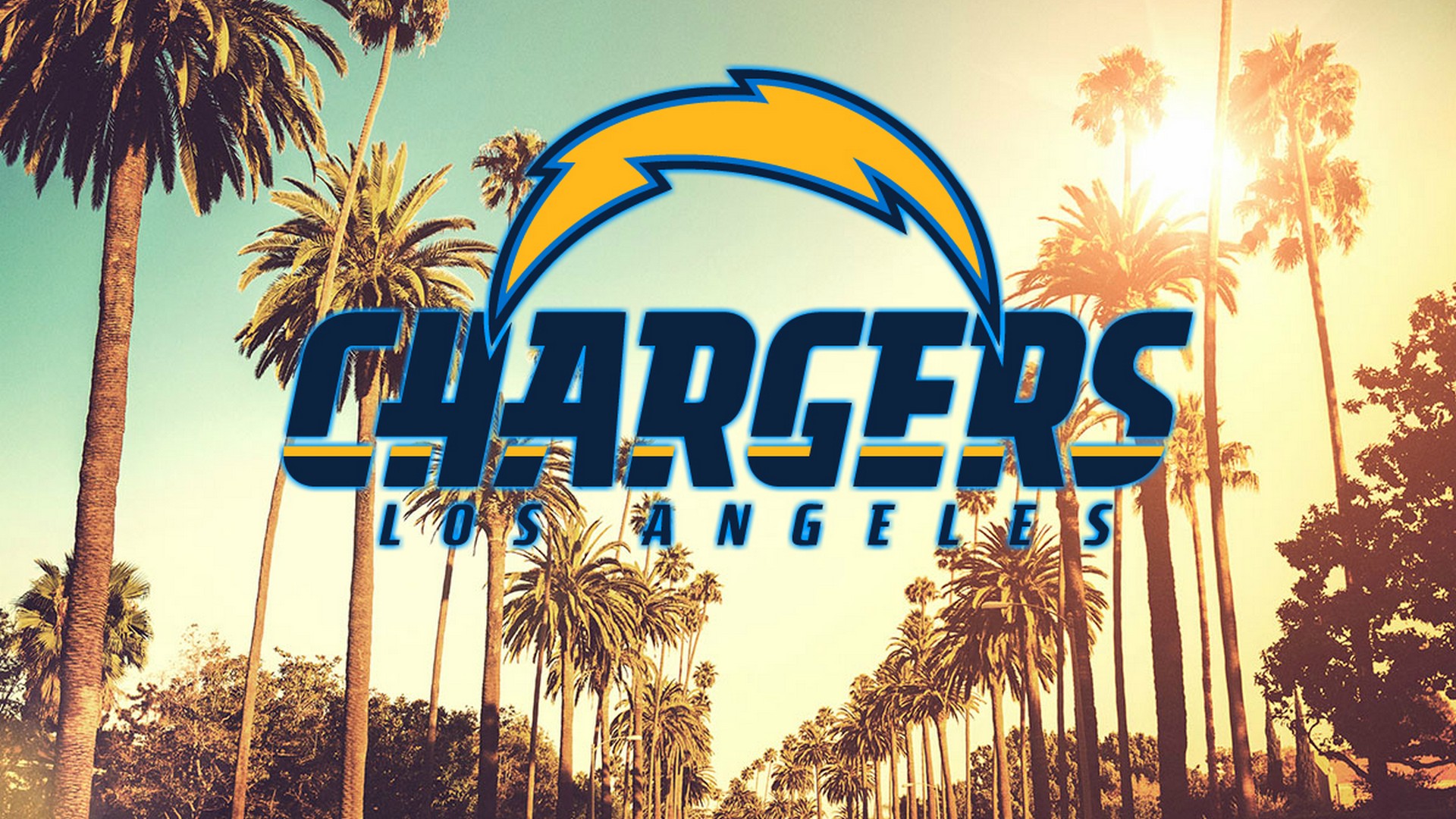I’m willing to bet good money that most of the people who are aware that the Chargers NFL franchise plays their home games in Los Angeles do not reside in the City of Angels but in their former home of San Diego, where the heartbroken local football fans are painfully aware that they no longer have a home team.
The circumstantial evidence for this is the sheer number of fans for the opposing team that show up at Charger home games, currently played in the soccer standium they share with the Los Angeles Galaxy. Charger support in their new hometown has been so woeful that new rumors have emerged suggesting the team is a candidate for future relocation to London.
The idea of placing an NFL team in the United Kingdom has been floating around for a while now, offering proof that the NFL can have an even stupider idea than placing two teams in Los Angeles.
A London team would spend so much time traveling to its eight yearly road games, leading to a loss of practice time and likely jet lag, that it would place the team at a permanent disadvantage to every team it played, even when playing at home. The only way to possibly offset that is for a London team to play all of its road games in eight consecutive weeks, practicing in the United States until it went back to the UK for its home games. Teams traveling to London for a road game would be at a disadvantage unless they had a bye week immediately before, but that would still leave them at a disadvantage when returning from a road game in London, unless they had a bye week after that. Since teams only have one bye week per season, teams traveling to the UK will see their performance suffer either in London or the week after their London game. As a result, the overall quality of play would suffer across the entire league.
As daft as the “NFL football team in London” scheme is, the league paved the way for this level of idiocy when they allowed the Spanos family to relocate the Chargers to Los Angeles only a year after the Rams had returned from their self-imposed exile to St. Louis, and before the city had shown it would embrace and support one NFL team, let alone two.
“But, Paul,” you may protest, “Los Angeles is a huge city with a population of 4 million. The metro area has almost 13 million people. Los Angeles already supports two basketball teams, two baseball teams, and two hockey teams. It shouldn’t have any problem supporting two football teams at the same time.”
The objection above contains several faulty assumptions. While Los Angeles does technically support two basketball teams, the Lakers and Clippers need only fill a 17,000-seat arena, not a 45,000-seat baseball stadium or a 70,000-seat football stadium, so supporting two basketball teams is easier than two football teams. And although the Clippers have been in Los Angeles for 35 years now, and even though they have often been the better of the two teams in recent years, Los Angeles has remained the Lakers’ town. Even when the Clippers have been making runs at the post-season while the Lakers wallow in the basement, the talk in the city is about how bad the Lakers are and not how good the Clippers are. Seattle, a city that desperately misses its SuperSonics, would probably make a better long term home for the Clippers.
As for Los Angeles supporting two baseball teams, about the only person in Southern California who thinks of the Angels as a “Los Angeles” team is Arte Moreno, the team’s owner and author of the whole “Los Angeles Angels of Anaheim” fiasco. I doubt many people in Los Angeles proper, who have the Dodgers playing in the hills overlooking downtown, think of the Angels, who are a good ninety-minute drive away on a good night, as their local team. And certainly no one in Anaheim and Orange County thinks of their team as belonging to Los Angeles.
Even though the team is technically called the “Los Angeles Angels,” it’s clear that the organization knows how unpopular this is with the local fans, but everyone who works for the team likes their job too much to call Arte Moreno an idiot to his face. If you go to an Angels home game, I challenge you to find one piece of merchandise with the words “Los Angeles” anywhere on it. If the team did deface a jersey or t-shirt with the hated city name, the fans would ransack the souvenir stands and hold a bonfire in the parking lot. Also, pay attention before the game starts. At a Dodger home game, the PA announcer will say, “And now the starting lineup for your Los Angeles Dodgers.” In Anaheim, he says, “And now the starting lineup for your Angels.”
The only time anyone dares to breath the words “Los Angeles” within the confines of Angel Stadium is when the Dodgers are the visiting team.
And local fans of the Anaheim Ducks, who play in Honda Center, within easy walking distance of Angel Stadium, don’t think of them as a Los Angeles team either.
I’m not making assumptions about Los Angeles not being able to support two football teams. We’ve already run this experiment once, and it ended in failure. The Raiders moved to Los Angeles in 1982 and played there until 1994. Even though the Rams had already relocated south to Anaheim (temporarily ruining Angel Stadium in the process), the combined Los Angeles metro area failed to embrace either team sufficiently to keep them in the city. The Raiders returned to Oakland and the Rams temporarily moved to St. Louis.
And, to be honest, Los Angeles got along just fine without an NFL team during the 20-plus years before the Rams returned from St. Louis. I think the NFL missed Los Angeles far more than Los Angeles missed the NFL, and I think that’s part of the league’s misguided thinking regarding the city. They felt they desperately needed to have at least one team in the West Coast’s media capitol. They also look at the population of the metro area and make the same mistake I alluded to earlier: they thought two teams would have no problem carving up those 13 million potential fans between them, despite what the Rams and Raiders experience should have taught them 20 years ago.
That just goes to show that the NFL doesn’t understand Los Angeles.
L.A. is a city of transplants and expatriates. I am a relative rarity among residents of the metro area, in that I was actually born here. Many people here come from somewhere else, and if they are football fans, a great many brought their hometown loyalties with them. When it comes to football, Los Angeles is home to a lot of Bears fans, Eagles fans, Steelers fans, Giants fans, Packer fans, Viking fans, etc, etc. Having two teams in town would be a convenience for these folks, because it doubles the chance that their favorite team is going to visit the city in any given year.
While the Los Angeles metropolitan area officially includes both Orange Country and the Inland Empire, neither of these regions really consider themselves to be part of Los Angeles, being geographically (and often politically) distinct from the City of Angels. While any Los Angeles team would enjoy some support from these outlying areas, it’s far from guaranteed that residents would automatically join the potential fan base for the Rams and Chargers, mostly because, like Los Angeles, many OC and Inland Empire residents are from other parts of the country, and decorate their homes with Bears, Eagles, Packers, or Cowboy memorabilia.
That being said, this lack of a homegrown fan base for a local football team may have a lot to do with Los Angeles having gone two decades without one. After a number of years, especially if the local team has a degree of success (like the 2018 Rams and less like the 2019 team), other cities might start to relinquish their hold on the fans and their loyalties, but this process will be diluted and hampered by having two teams vying for the city’s affections.
For the time being, the best thing about having two teams here is that it prevents other teams from threatening to move to Los Angeles as leverage to extort a new stadium out of the taxpayers in their current city. Maybe once it’s been conclusively shown a second time that Los Angeles is, at best, a one-team town, a single team will serve that purpose just as well.
The Chargers’ move to Los Angeles has already been enough of a failure to prompt rumors of their relocation to London. If we set that idiotic idea aside, it’s clear that the team would be better off somewhere other than Los Angeles. The recently vacated St. Louis and soon to be vacant Oakland might seem inviting, but it’s also possible that their former teams abandoned those cities for a reason. The dual-use relic that is Oakland–Alameda Coliseum isn’t going to attract an NFL team to the city anytime soon, at least not without a definite timetable for a replacement. Oakland has recently built a new baseball stadium for the A’s, making it unlikely that they would build a football stadium in the near future. St. Louis’ Edward Jones Stadium is probably adequate, but the city’s tepid support for the Rams in their last years there would probably give another team and the league pause about moving a franchise there.
Finding a home for the Chargers might also require finding a new owner first. Current owner Dean Spanos isn’t what I would call beloved. He’s burned more bridges than a retreating Russian army, and only Washington’s Dan Snyder prevents him from being the most hated owner in the NFL. Wresting the team away from Spanos would probably be the only way to place the Chargers in their most logical destination.
I am suggesting that the best home for the Chargers is a city where they already have an established fan base. You know, like San Diego.

